
Sustainable building, eco-friendly building, low-impact high-performance building, energy-efficient building — so many names for many advantages. But they all mean the same: a smarter, cleaner, and more responsible way to build.
If you already have a green building or are planning to construct one, getting a green building certification is a smart move.
This certification proves that your home or project is energy-efficient, resource-conscious, and healthier for its occupants. It can lower your utility bills, increase your property value, and even unlock government incentives. Plus, in a world that’s waking up to climate change, it shows you’re part of the solution, not the problem.
Let’s break down the why, when, and how of the green building certification.
What is Green Building Certification?
Green Building certification is an official recognition that a building meets certain environmental and sustainability standards.
It proves that the design, construction, and operation of the building are eco-friendly, energy-efficient, water-conscious, and healthy for its occupants, all while reducing its overall environmental impact.
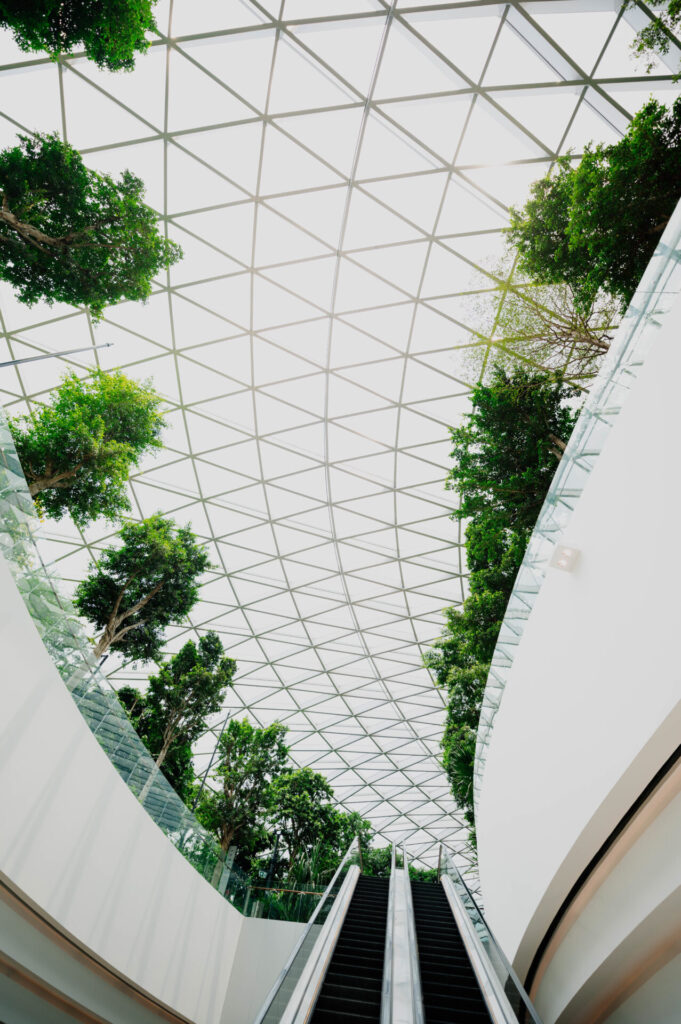
In India, popular certification systems include:
- IGBC (Indian Green Building Council)
- GRIHA (Green Rating for Integrated Habitat Assessment)
- LEED India (Leadership in Energy and Environmental Design)
Each certification evaluates the building based on factors like:
- Site planning and landscape
- Energy and water efficiency
- Use of sustainable materials
- Indoor air quality
- Waste management practices
A certified green building that performs better, saves money and contributes to a healthier planet.
Know About The Green Building Rating Systems
| Certification | Administered By | Suitable For |
| IGBC (Indian Green Building Council) | CII | Homes, offices, schools, factories, etc. |
| GRIHA (Green Rating for Integrated Habitat Assessment) | TERI + MNRE | Residences, commercial buildings, townships |
| LEED India (Leadership in Energy & Environmental Design) | USGBC/GBCI | Global-standard commercial buildings |
Green Building Checklist: What’s Needed?
To earn a green building certification in India, your building needs to tick off key sustainability checkpoints. Although the exact criteria can differ slightly based on the certification system you choose, the core idea remains the same: building smarter, greener, and more responsibly.
Let’s take a look at the specific criteria that are required for a green building certification.
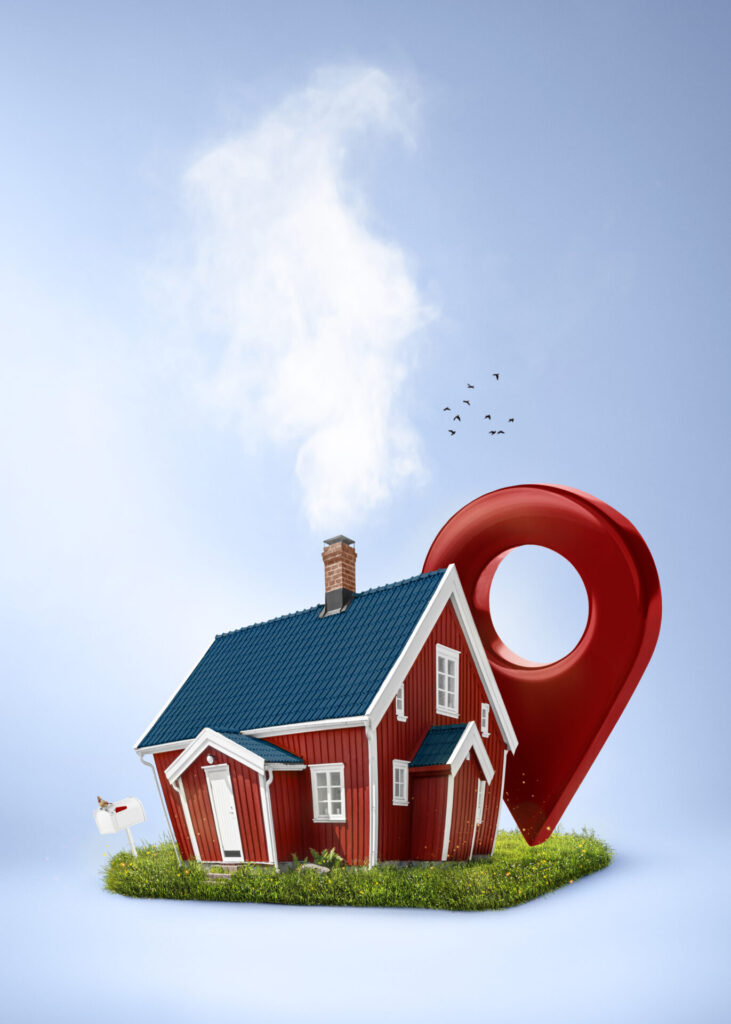
Sustainable Site Planning & Design
Site Selection: Choose lands that don’t harm the environment. Avoid forests, lakes, or areas with rich biodiversity. Instead, try to use already-developed land.
Site Preservation: Try to keep the natural trees and plants on the site. Save the top layer of soil and prevent soil erosion during construction.
Urban Heat Island Reduction: Use shaded areas, light-colored materials, and greenery to reduce how much heat the site absorbs.
Efficient Layout: Design the building in a way that uses natural sunlight and fresh air well. Keep internal roads and walkways short to use less land and materials.
Eco-friendly Landscaping: Plant local trees and plants that don’t need much water.
Water Conservation Measures
Water-Efficient Fixtures: Use low-flow plumbing fixtures (taps, showers, toilets) to reduce water usage.
Rainwater Harvesting: Collect and utilize rainwater and use it for things like watering plants, flushing toilets, or cooling.
Wastewater Treatment: Treat the used water from bathrooms or kitchens and reuse it safely for gardens.
Efficient Irrigation Systems: Use drip irrigation and smart watering techniques that give plants just the right amount of water without wasting any.
Water Metering: Install water meters to know how much water is being used.


Energy Efficiency
Use of energy-efficient appliances and lighting (like LED, BEE 5-star rated products.)
Solar panels or renewable energy sources.
Smart meters and automation systems to monitor and reduce energy usage.
High-performance insulation, efficient windows, and design for passive cooling/heating.
Eco-Friendly Building Materials
Use of local, recycled, or rapidly renewable materials.
Low-VOC paints and adhesives (to reduce indoor air pollution.)
Materials with low embodied energy (require less energy to produce and transport)
Use of fly ash bricks, AAC blocks, bamboo, and other green materials.


Indoor Environmental Quality
Good natural ventilation and daylight access.
Efficient HVAC systems with proper air filtration.
Use of non-toxic materials for interiors.
Acoustic comfort through noise control measures
Waste Management System
Construction waste management (segregation and recycling during building phase)
Facilities for household waste segregation.
Composting for organic waste.
Recycling bins and infrastructure.


Smart Systems
Home automation for energy/water savings.
Remote monitoring systems (for lighting, security, climate control)
Integration of IoT devices for efficient operations.
Sensors for motion, smoke, air quality, etc.
Optional but Other Value-Adding Features
EV charging stations
Green roofs or vertical gardens
Carbon footprint tracking
Educational displays or dashboards showing energy/water usage
Certifications for labor welfare and fair construction practices
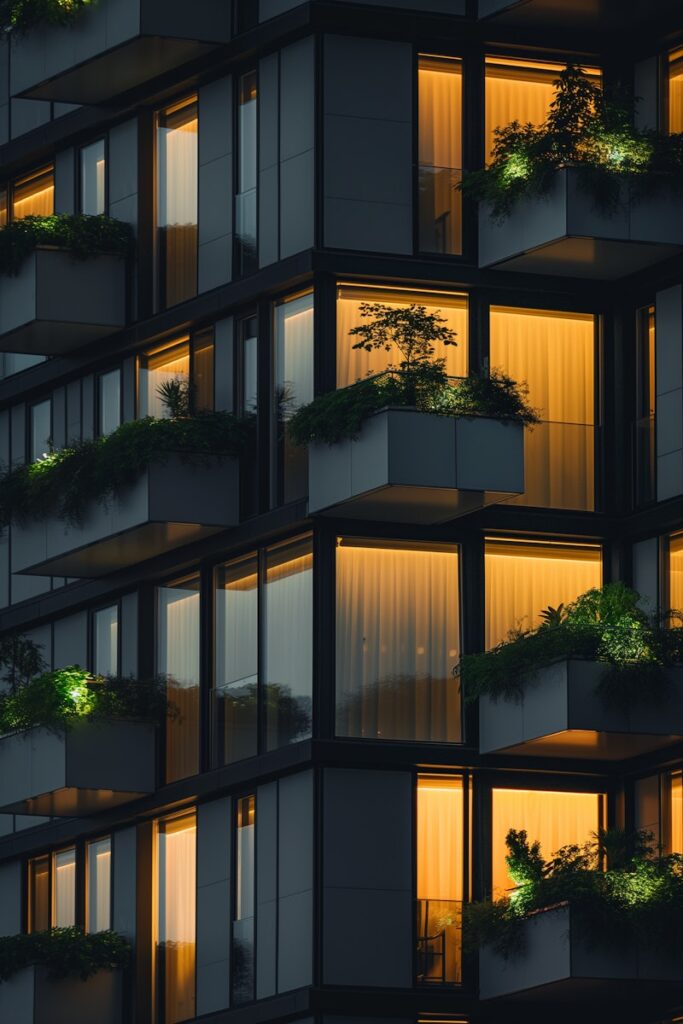
In Summary
| Area | Must-Have Features |
| Site | Smart location planning, eco-sensitive design |
| Water | Rainwater harvesting, low-flow fixtures, greywater uses |
| Energy | Solar, LEDs, insulation, efficient appliances |
| Materials | Recycled, local, non-toxic materials |
| Indoor Quality | Fresh air, daylight, low VOC, quiet interiors |
| Waste | Segregation, composting, recycling setup |
| Smart Home Features | Automation, sensors, energy tracking |
Why Should You Get Green Building Certified?
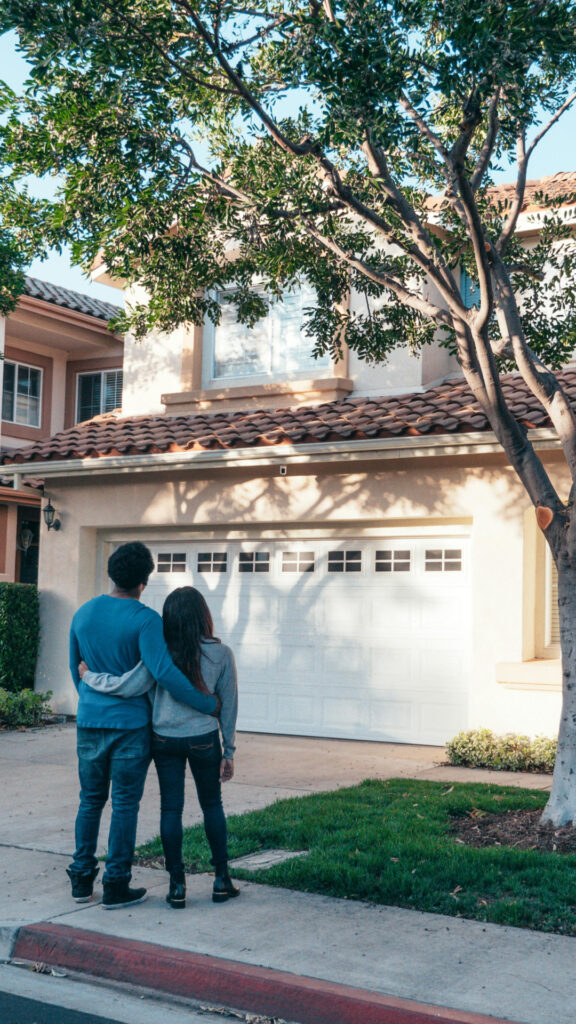
For Homeowners
If you are a homeowner, you should get green building certified to:
- Eco-Pride – contribute to a sustainable future
- Lower Electricity Bills with energy-efficient design
- Better Health through improved air & water quality
- Smart Features that simplify life
For Developer/ Builder
If you are a developer or a builder, then you should get green building certified to:
- Eligibility for Incentives/Subsidies (varies by state)
- Higher Market Value & Demand: buyers prefer certified homes
- Faster Loan Approvals: green buildings are more attractive to banks
- Brand Credibility: shows responsibility and innovation
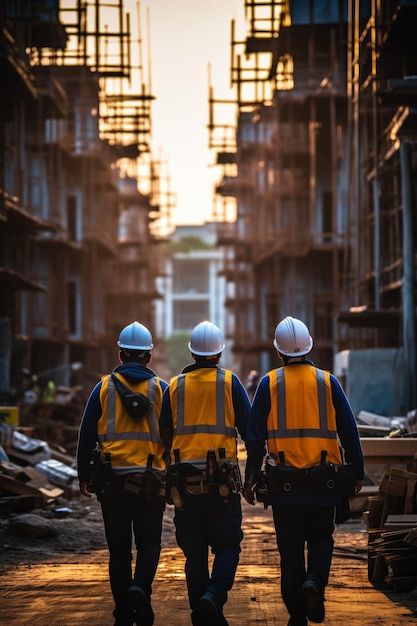

For The Planet
It’s good for the planet too, because:
- Helps fight climate change
- Reduced carbon footprint
- Efficient use of resources
- Less waste going into landfills
How to Get a Green Building Certification in India?
A green building certification like IGBC, LEED, or GRIHA proves that your home or project is energy-efficient, resource-conscious, and healthier for its occupants. It can lower your utility bills, increase property value, and give you access to government incentives. Plus, in a world that’s waking up to climate change, it shows you’re part of the solution, not the problem.
Here’s a step-by-step procedure to get green building certification in India.
Step 1: Choose a Certification System
Choose the system that suits your project:
- IGBC (Indian Green Building Council)
- GRIHA (Green Rating for Integrated Habitat Assessment)
- LEED India (for global standards)
Step 2: Register Your Project
To register your project, you should:
- Visit the official website.
- Fill in project type, size, and location
- Pay registration fees
- Receive login credentials for documentation portal
Step 3: Hire a Green Building Consultant
This is an optional step for the process but it is highly recommended. A certified professional (IGBC/AP or GRIHA Evaluator) can:
- Help integrate green features into your building plan
- Handle documentation and coordination with the certifying authority
Step 4: Design & Build as per Green Guidelines
A green, eco-conscious home should have features such as:
- Rainwater harvesting
- Solar energy systems
- Efficient insulation and lighting
- Low-flow fixtures
- Use of local/recycled construction materials
- Smart energy monitoring tools
Step 5: Submit Required Documentation
To get your building certified, you’ll need to submit:
- Architectural & MEP (Mechanical, Electrical, Plumbing) drawings
- Photographs
- Simulation reports (for energy & water)
- Product/material certificates
- Environmental compliance reports
Step 6: Third-Party Audit & Site Inspection
- Green council conducts a physical or virtual audit
- Verifies that all submitted green features are implemented on-site
Step 7: Certification Awarded
After the Green council conducts an inspection, you will be awarded a score. Based on your score, the building is rated:
- Certified
- Silver
- Gold
- Platinum
The higher the rating, the better the performance. The better the performance, the stronger the credibility. The stronger the credibility, the greater the value.
Step 8: Post-Occupancy Monitoring
This step is important if you choose GRIHA as your certification system.
- A 1-year performance audit might be required.
- Ensures the building operates as per design intent.
Who Might Opt for Eco-Conscious, Smart Home?
| Category | Likely To Opt For Green Smart Homes |
| Upper-Middle Class | ✅ Most Likely |
| IT/Tech Professionals | ✅ Very High |
| Young Couples | ✅ Yes, especially if dual-income |
| Start-up Founders | ✅ Yes, especially in green tech |
| Academicians / NGO | ✅ If eco-conscious |
| Middle Class | ⚠️ Yes, if budget & EMI options align |
| Real Estate Investors | ✅ For better resale and branding |
To Access the certification systems, click on the links below.
| Certification Systems | Website Link |
| IGBC | https://igbc.in/ |
| GRIHA | https://www.grihaindia.org/ |
| LEED India | https://www.gbig.org/collections/14555 |
Getting your green building certified is about reducing environmental impact. It’s a strategic choice for performance, reputation, and value.
The higher the rating, the better the performance. The better the performance, the stronger the credibility. The stronger the credibility, the greater the value.
If you’re building one home or a hundred, green certification is your badge of responsibility, efficiency, and excellence.
Frequently Asked Questions
What is a green building certification, and why is it important?
A green building certification is proof that a building follows sustainability standards in design, construction, and operations. It helps reduce energy and water use, improves occupant health, and boosts property value.
Which are the main green building certification systems in India?
The three most common are:
- IGBC (Indian Green Building Council)
- GRIHA (Green Rating for Integrated Habitat Assessment)
- LEED India (Leadership in Energy and Environmental Design)
Is green certification only for new buildings?
Not at all! Existing buildings can also be retrofitted and certified through systems like IGBC’s Existing Buildings rating.
What does a building need to qualify for certification?
The building must meet key criteria like:
- Efficient site planning
- Energy and water conservation
- Use of sustainable materials
- Better indoor air quality
- Waste management systems
How much does green building certification cost?
The cost depends on the size and type of the building, as well as the rating system chosen. However, the long-term savings on utilities and maintenance usually outweigh the initial investment.
Are there any government incentives for certified green buildings?
Yes! Some states in India offer benefits like fast-track approvals, additional FAR/FSI, tax rebates, and reduced interest on home loans for certified projects.
Can a single home get green building certified?
Yes. Individual houses, apartments, and villas can all apply for green certification under specific residential categories like IGBC Green Homes or GRIHA for Individual Residences.
How long is a green building certification valid?
This varies by rating system. Some offer certifications valid for 3–5 years, while others may require periodic audits to maintain the rating.
Who handles the certification process?
The process is managed by the rating body (like IGBC, GRIHA, or LEED) and usually requires documentation, professional consultants, and project audits.
What are the real benefits of getting certified?
Lower energy bills, higher resale value, a healthier indoor environment, better brand image (for builders/developers), and doing your part for the planet.

